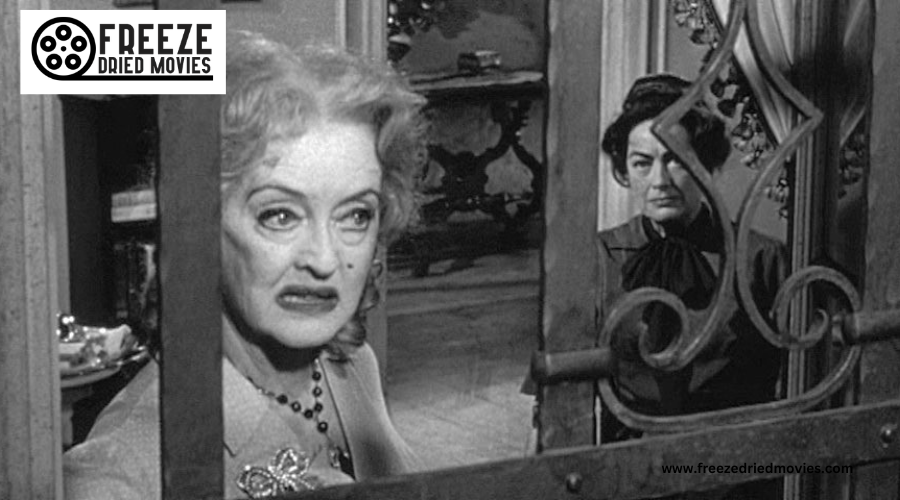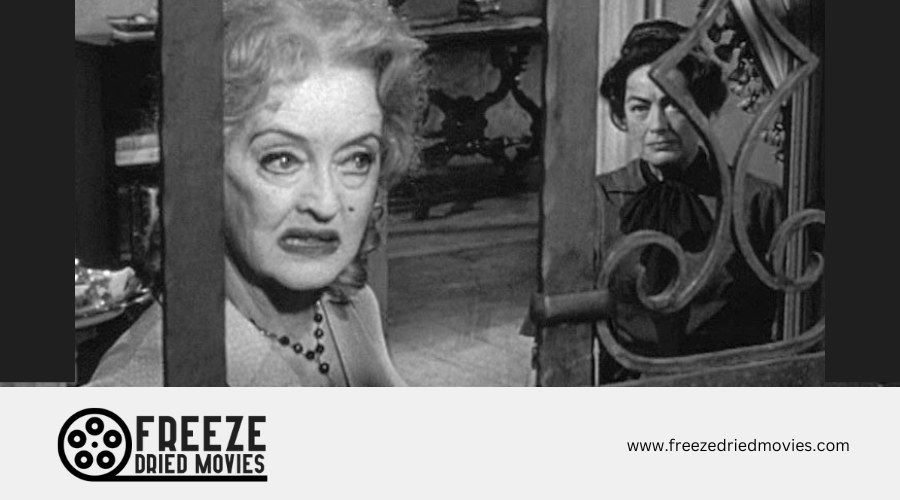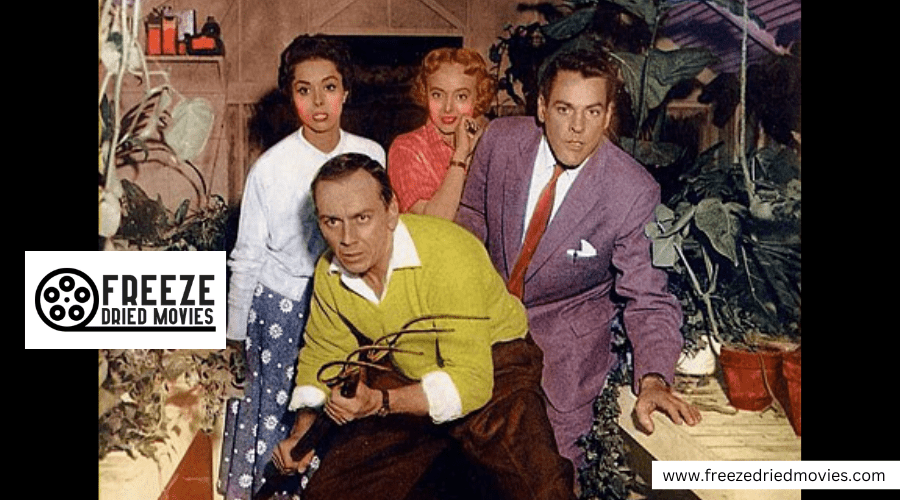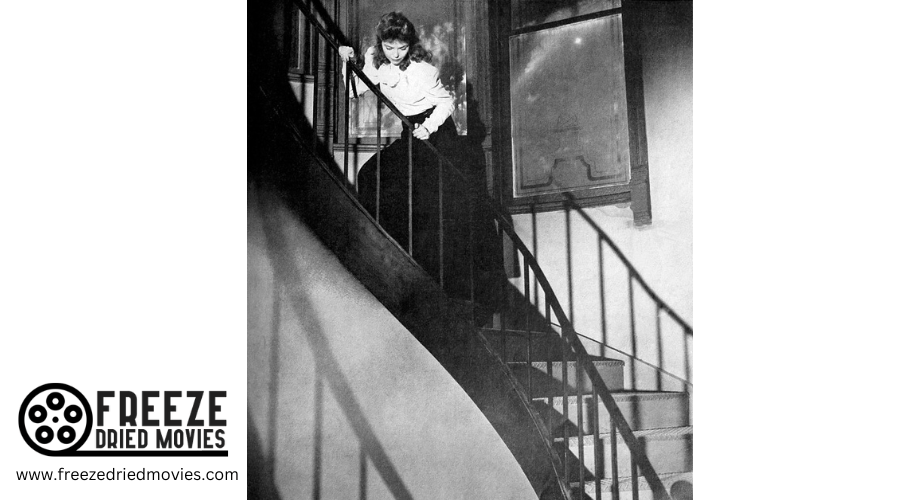How Horror Movies Have Changed Since Their Beginning: A Journey Through Cinematic Evolution

Horror has captivated audiences for centuries, drawing on humanity's deep-seated fears and fascination with the unknown. From ancient folklore that explores supernatural themes to tales full of suspense about death, the genre has always found a way to engage and thrill people. With the invention of cinema, it was only natural for filmmakers to explore this rich narrative tradition and bring terrifying stories to life on screen.
As the horror genre evolved, it introduced iconic films such as "Psycho," "Halloween," and "The Exorcist," which set the stage for future generations. Movies like "Scream" and "Get Out" have since pushed the boundaries of storytelling, reflecting societal fears while captivating audiences with fresh perspectives. The genre remains a powerful medium, connecting deeply with cultural anxieties and providing an outlet for shared thrills and chills.
The First Horror Movie: What Was It?
The Literary Years
After the birth of the horror genre in film, from around 1900 to 1920, many filmmakers turned to classic literature for inspiration. This period saw the first film adaptations of iconic stories like Frankenstein, created by Edison Studios, and Dr. Jekyll and Mr. Hyde. These early efforts helped to shape the genre and set the stage for future storytelling in horror cinema. The foundation was laid for a genre that would continue to evolve and explore the supernatural.
The Golden Age of Horror
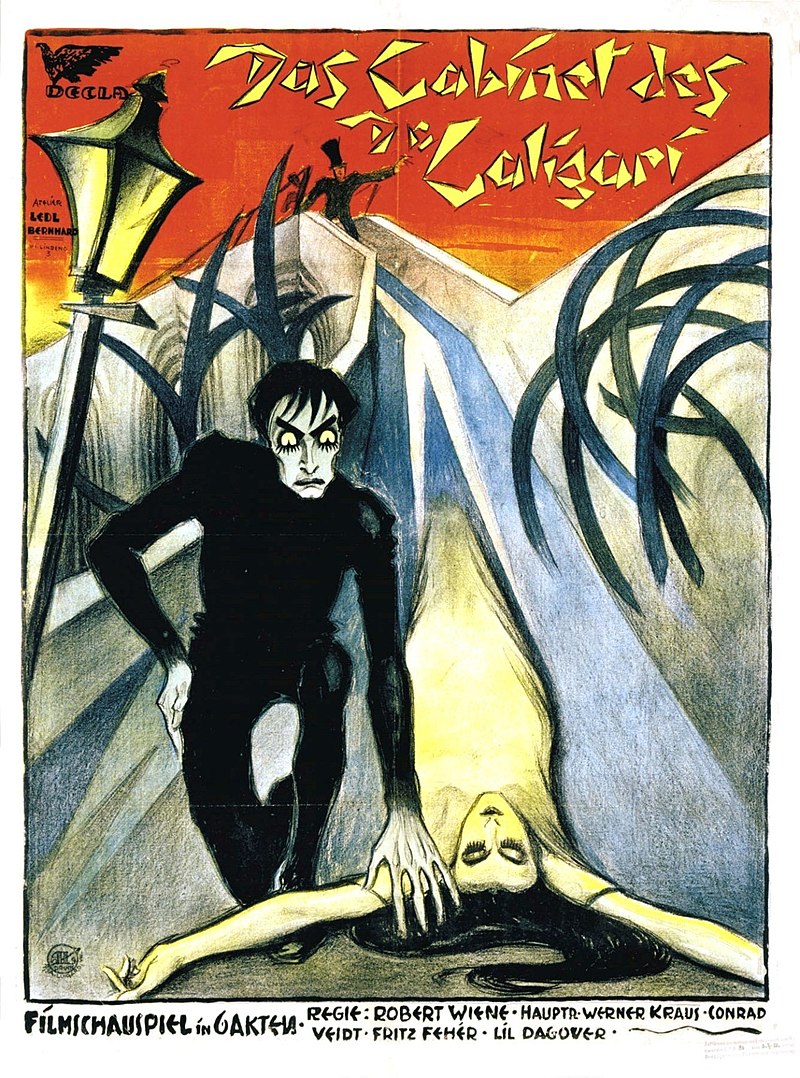
The years between the 1920s and 1930s marked the Golden Age of Horror, a period rich with cinematic classics. Silent films like The Cabinet of Dr. Caligari and Nosferatu truly aimed to disturb viewers. Nosferatu, in particular, established foundational tropes for vampire narratives that endure today. Transitioning into the sound era, the genre introduced legendary films such as the 1931 version of Frankenstein, The Mummy, and Dracula. This era not only popularized horror as a significant film genre but also saw the emergence of horror actors like Bela Lugosi, who became synonymous with the genre. The horror films of this time often incited public concern, leading to censorship and debates on morality in media. Freaks, which was considered outrageously shocking, faced heavy cuts and is remembered for its disturbing content even today.
The Atomic Years
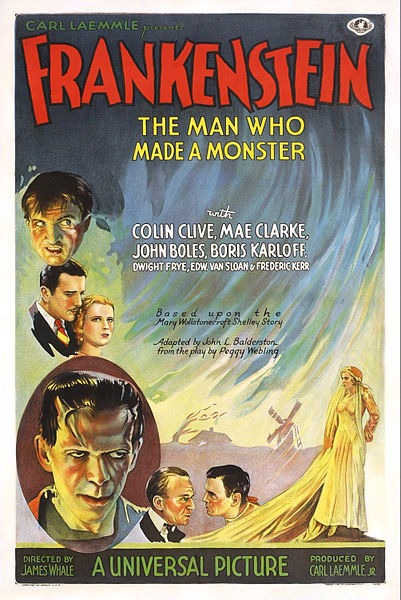
In the aftermath of World War II, a new type of horror emerged, particularly during the 1950s. The Hammer Film Company rose to prominence with adaptations of classic horror tales like Frankenstein and Dracula, crafting a distinct British style. This era was colored by fears of nuclear war and societal anxieties, which manifested in films featuring radioactive creatures, like Godzilla, and invasions depicted in The War of the Worlds. The works of Alfred Hitchcock during these years also played a critical role in shaping horror, particularly with his innovative approach that laid the groundwork for the slasher genre in the years to come.
The Gimmicky Years
The horror genre took a turn toward gimmicks in the 1950s and 1960s. Cinematic experiences became interwoven with unique effects meant to shock audiences. Examples include 3D glasses and devices that would vibrate seats, all aimed at heightening the experience. This creative streak eventually led to low-budget horror films gaining popularity as they catered to a growing appetite for thrills. George A. Romero revitalized the genre by introducing zombie lore in Night of the Living Dead, which was made on a shoestring budget but achieved massive commercial success.
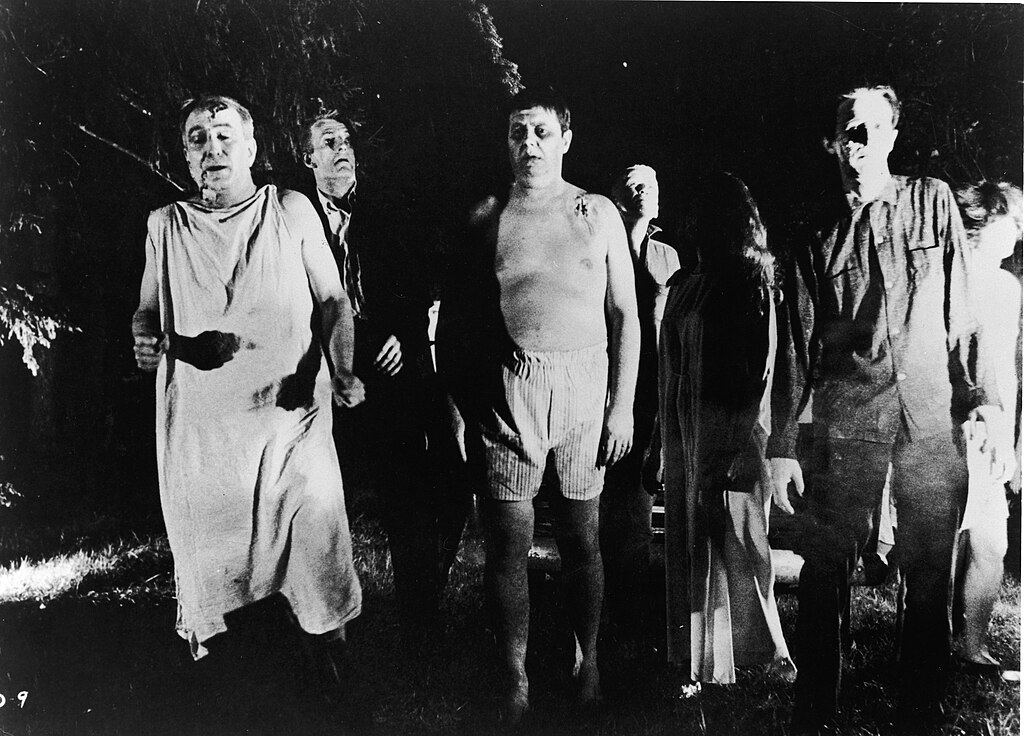
All Hell Breaks Loose
The 1970s and 80s sparked a surge of interest in the supernatural, particularly themes surrounding demons and the occult. Major films from this period, like The Exorcist and The Omen, capitalized on societal fears and spiritual anxieties. This trend can also be traced back to Stephen King's literary contributions, with adaptations like Carrie and The Shining making significant impacts. The supernatural film landscape thrived, paving the way for memorable classics that have since become staples in horror storytelling.

The First Horror Movie Slashers
The 1980s are often defined by the slasher film archetype. This formula featured an unstoppable killer targeting teenagers, resulting in memorable films such as Halloween and A Nightmare on Elm Street. The Texas Chain Saw Massacre from 1974 was a precursor to this slasher boom. This era saw the creation of numerous franchises, with each film generating sequels that contributed to the genre's continued popularity. While some films embraced a kitschy charm, they were primarily designed to entertain rather than terrify.
The Doldrums
By the 1990s, horror experienced a downturn, as audiences grew fatigued with formulaic plots and repetitive themes. The market became saturated with remakes and uninspired reboots. Despite this, there were some standout films that broke through the malaise. Scream is one notable example, re-energizing the slasher genre while cleverly commenting on horror tropes.
The Present Day
Today, horror films have once again gained traction, exploring a broad array of themes from psychological tension to the supernatural. The genre has diversified significantly, with innovative projects like The Babadook, which examines grief through a horror lens, and A Quiet Place, blending suspense and sound design to create a unique viewing experience. Found footage films, like The Blair Witch Project, have also gained popularity, introducing new ways to engage the audience in horror storytelling. Filmmakers are increasingly pushing boundaries, often incorporating social commentary into their narratives, making the genre relevant in contemporary culture.
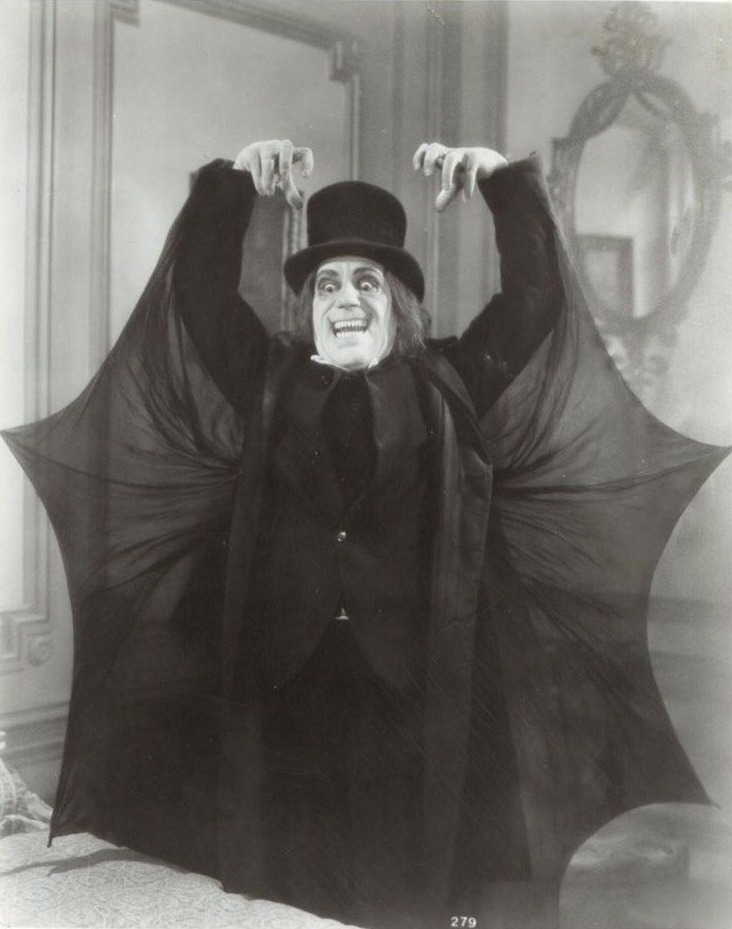
The Future of Horror Films
Looking forward, the future of horror films seems bright as the genre continues to evolve. With advancements in technology, filmmakers have more tools at their disposal to experiment and create immersive experiences. There is also a growing interest in diverse storytelling, as voices from various backgrounds share their unique horror narratives. Franchises will likely continue to thrive alongside fresh concepts, blending traditional horror elements with modern anxieties. As genres blur and hybrid styles emerge, horror will remain adaptable, reflecting society's ever-changing fears and challenges.

